15 Historical Films That Were Wildly Inaccurate
Historical films have a knack for pulling us in with drama, costumes, and grand declarations. Yet once the dust settles, you’ll often find the facts were bent or outright broken. Filmmakers sometimes put storytelling first and accuracy somewhere near the credits. Here are 15 wildly inaccurate historical films that may be entertaining but definitely shouldn’t double as history lessons.
Braveheart Got the Face Paint—and the Facts—All Wrong
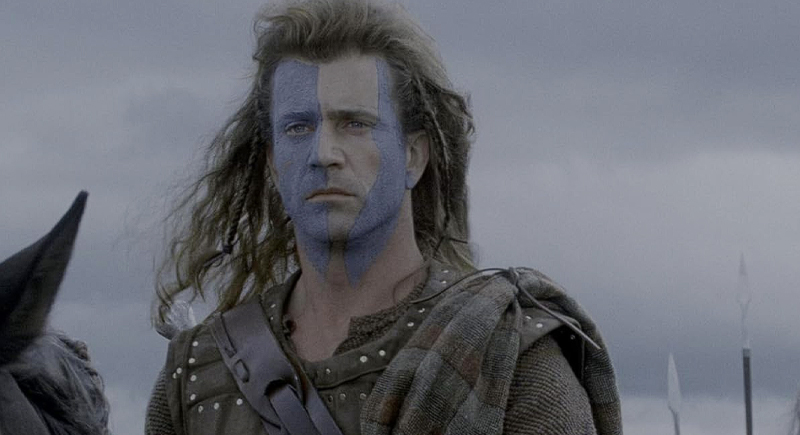
Credit: IMDb
Watch the big fight scenes and you’ll notice what’s missing: the bridge. The actual Battle of Stirling Bridge was all about strategy on a narrow crossing, but the film skips it. Then there’s the blue war paint. Scots in Wallace’s time never used it; that was an old Pictish tradition, centuries earlier.
U-571 Rewrote History and an Entire Navy
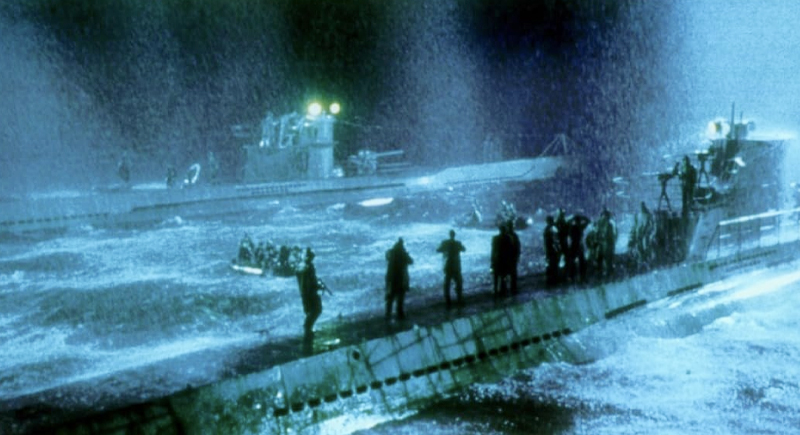
Credit: IMDb
In U-571, American sailors heroically capture a German submarine and snag an Enigma machine. One problem: it was the British, not the Americans, who pulled off this real-life operation. The film shifted the event to boost tension and patriotism, but critics in the UK, including Prime Minister Tony Blair, weren’t amused.
The Imitation Game Downplayed Everyone But Turing
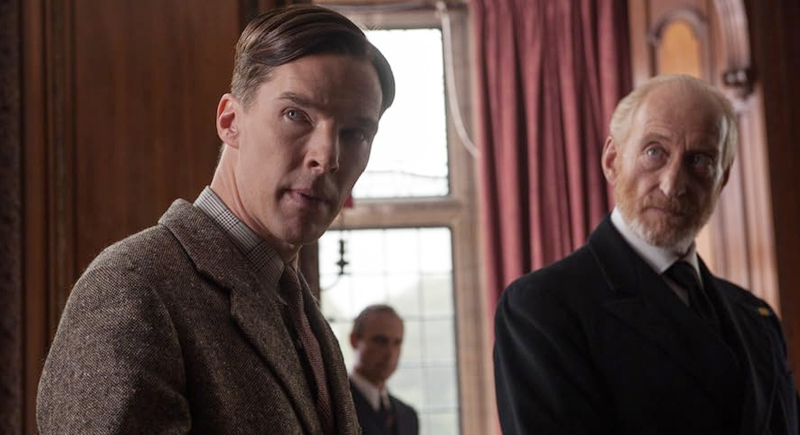
Credit: IMDb
Benedict Cumberbatch brought Alan Turing to life in The Imitation Game, but the movie condensed a massive team effort into one genius’s solo act. It also fabricated a blackmail subplot involving Soviet spy John Cairncross, whom Turing likely never met. Historians have called that addition not just inaccurate but offensive.
Argo Forgot to Mention Canada Did Most of the Work
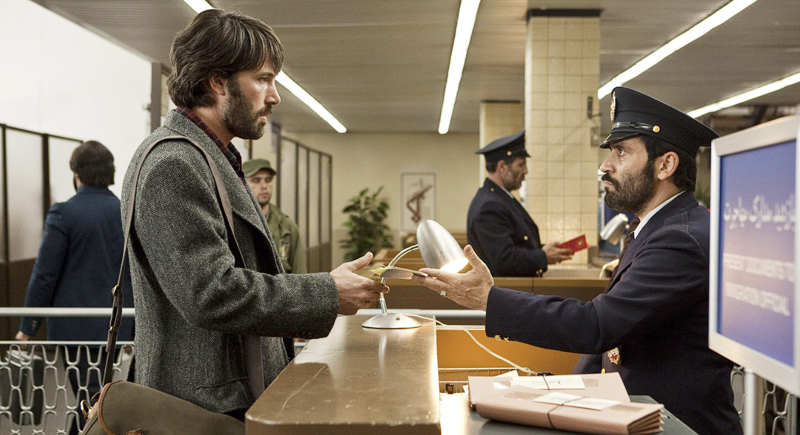
Credit: IMDb
Most of the real action happened in the Canadian embassy. Ken Taylor and his team took in the Americans, hid them, and worked out the details for getting them home. The movie hands most of the spotlight to the CIA, but in Tehran, Canada carried the load.
Cool Runnings Turned a Team Into Underdog Fiction
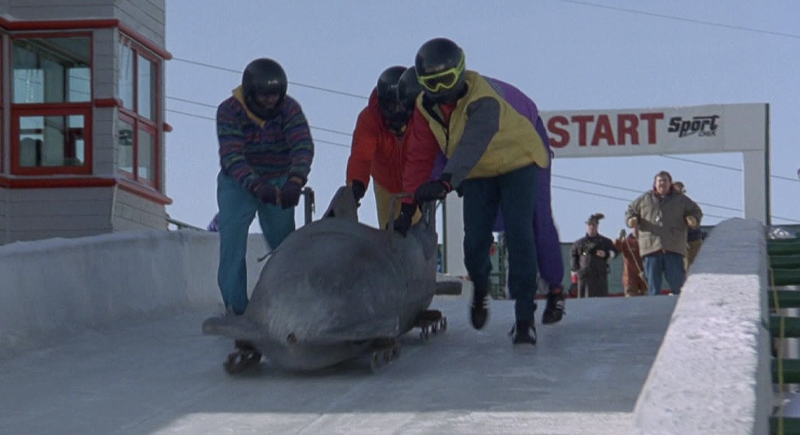
Credit: IMDb
The real Jamaican bobsledders weren’t a last-minute crew of misfits. Most came from the military and had strong sports backgrounds. They didn’t face major resistance or mockery when they showed up at the Olympics; other teams were mostly supportive. The film rewrote their debut as an uphill battle that didn’t really happen.
Pearl Harbor Added Hospital Chaos That Never Happened
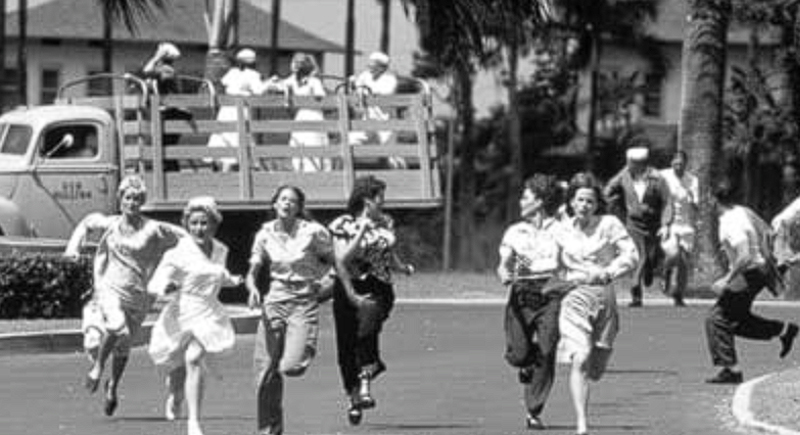
Credit: IMDb
A particularly egregious scene in Pearl Harbor involves Japanese planes targeting a civilian hospital. Historians have long disputed this moment and pointed out that pilots actually avoided civilian targets. Survivors of the event have said the addition was unnecessary and distorts how tragic the real conflict already was.
Amadeus Turned Rivalry Into Grim Fantasy
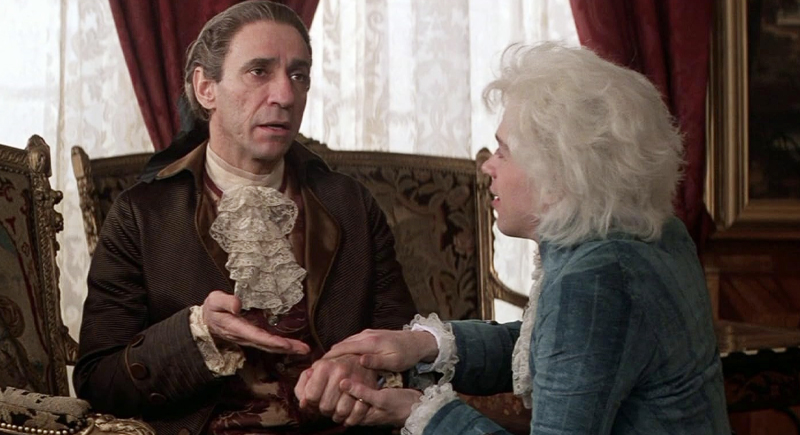
Credit: IMDb
Amadeus suggests composer Antonio Salieri was so jealous of Mozart’s genius that he plotted his downfall. However, there’s no evidence the two had any significant feud—let alone that Salieri poisoned him. In truth, Salieri was an accomplished musician who respected Mozart.
JFK Blended Fact With Fiction and Sold It as Truth
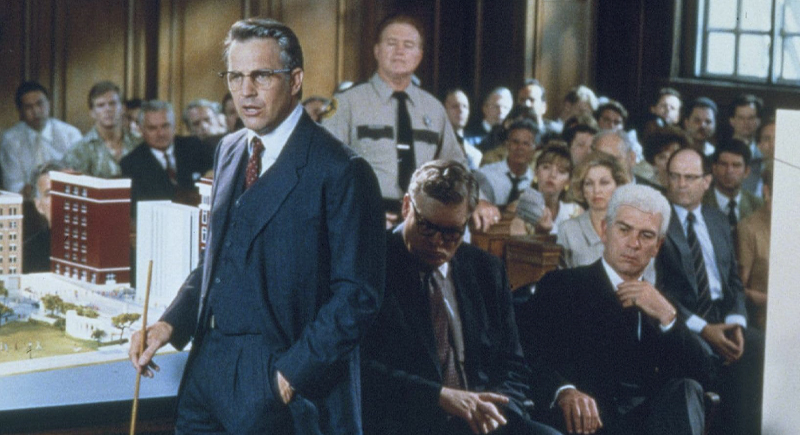
Credit: IMDb
What you see on screen isn’t a true account. Oliver Stone’s film uses real names and places, but it fills the gaps with invented scenes and conspiracy. David Ferrie’s dramatic confession is pure Hollywood. Historians and even the Warren Commission called out the film for crossing the line between story and fact.
Apocalypto Painted the Maya as Brutal and Barbaric
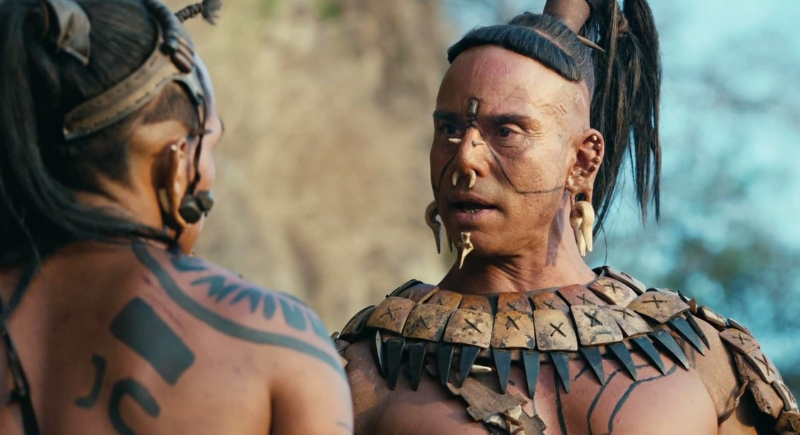
Credit: IMDb
The film shows frequent human sacrifice and brutal rituals, intended to give the impression of a savage culture. Archaeologists like Julia Guernsey have pushed back with facts about Maya. According to them, Maya were deeply sophisticated, with rich traditions in art, science, and architecture that were completely ignored.
Shakespeare in Love Created a Romance Out of Thin Air
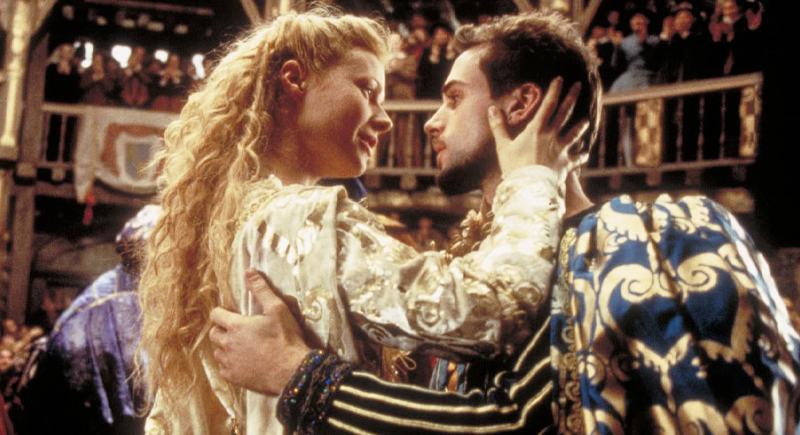
Credit: IMDb
The Oscar-winning Shakespeare in Love imagines that the Bard wrote Romeo and Juliet after falling for an aspiring actress. It’s romantic, but entirely made up. There’s no record of such a muse, and the plot of the play had been circulating for years before Shakespeare adapted it.
Troy Shrunk a Decade-Long Conflict Into a Few Days
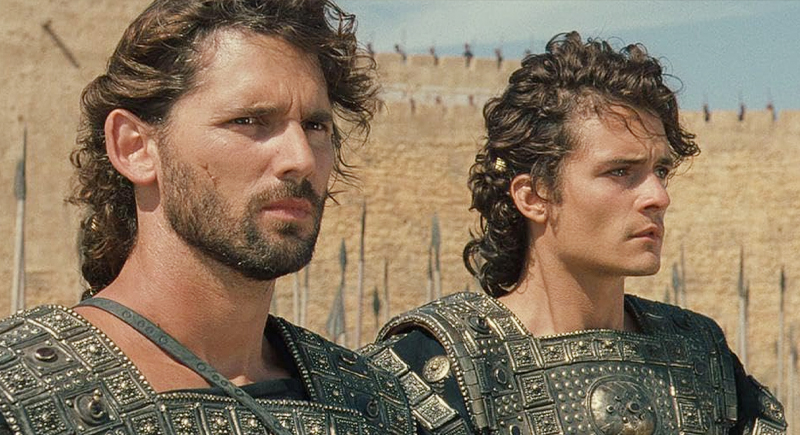
Credit: IMDb
In Troy, the epic conflict kicks off and wraps up in record time—just a few weeks. Homer’s Iliad, which inspired the film, spans ten years. The timeline wasn’t the only issue. Achilles and Hector’s characters were simplified for action-movie appeal, and divine intervention was cut entirely.
The Other Boleyn Girl Mixed Up Sisters and Royal Affairs
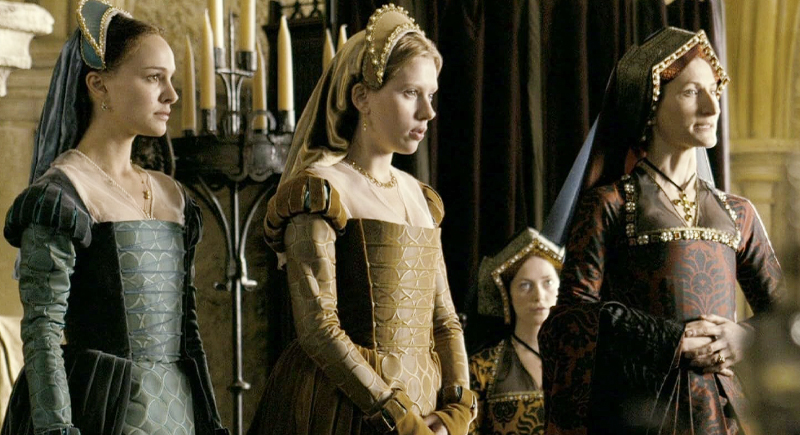
Credit: IMDb
The Other Boleyn Girl introduces a steamy triangle between Henry VIII and the Boleyn sisters. Yet it scrambles basic facts: Mary Boleyn was the older sister, not the younger. The film also leans hard into the idea that she had children with the king, something historians still debate.
Gladiator Featured Catapults and a Few Dozen Other Errors
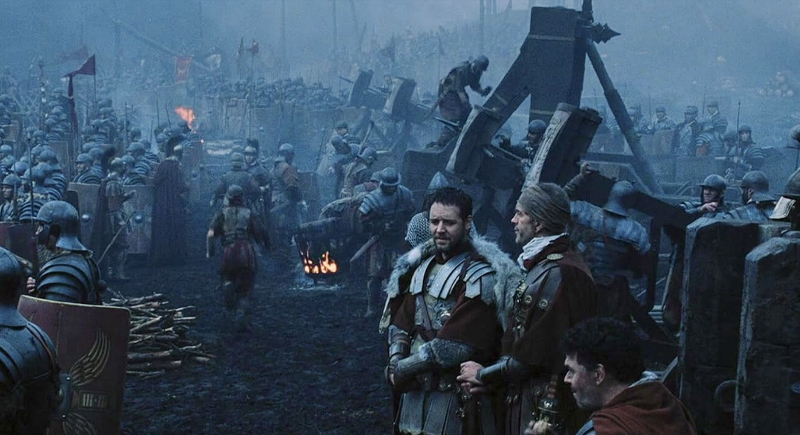
Credit: IMDb
The real arena wasn’t a bloodbath for every fighter—most gladiators lived to fight again because they cost too much to waste. The movie tosses in catapults and weapons that never belonged in ancient Rome. It squeezes years of history into a single storyline and gives Marcus Aurelius motives he never had. The result looks dramatic, but the facts are mostly missing.
Marie Antoinette Skipped the Politics for the Pastries
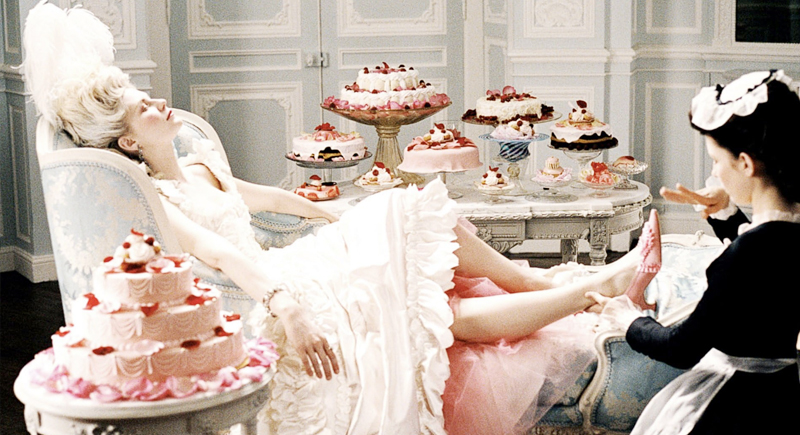
Credit: IMDb
Sofia Coppola’s Marie Antoinette is all pastel cakes and mood lighting. What it largely ignores is the brewing unrest outside Versailles. It also fast-tracks Marie’s romantic connection with her husband, even though they reportedly didn’t consummate their marriage for seven years.
The Patriot Turned a Complicated Fighter Into a Family Hero
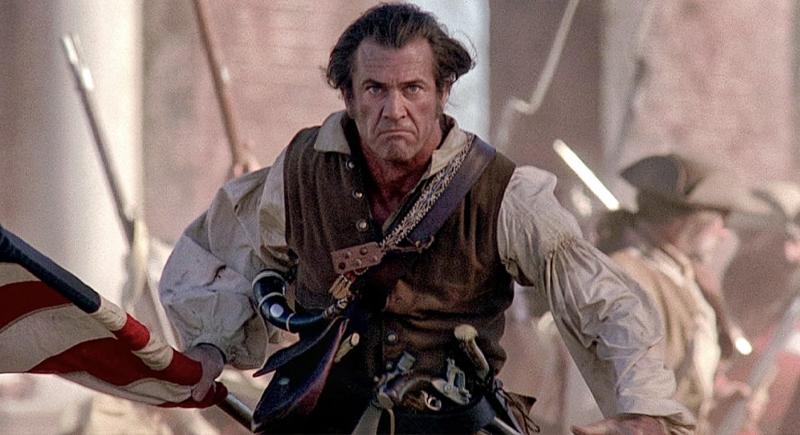
Credit: IMDb
Mel Gibson plays a noble frontiersman defending his land and family during the American rebellion. The character is loosely based on Francis Marion, whose real-life record was far more controversial. Historians have noted that Marion participated in brutal campaigns and was no clean-cut hero.